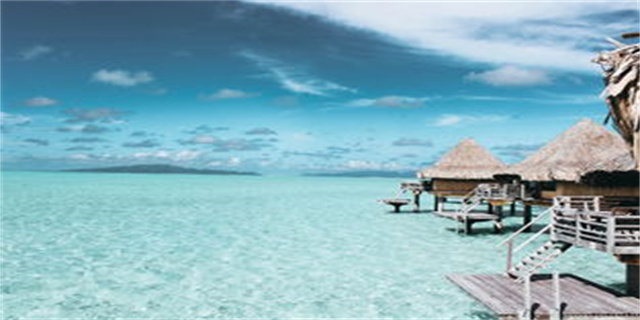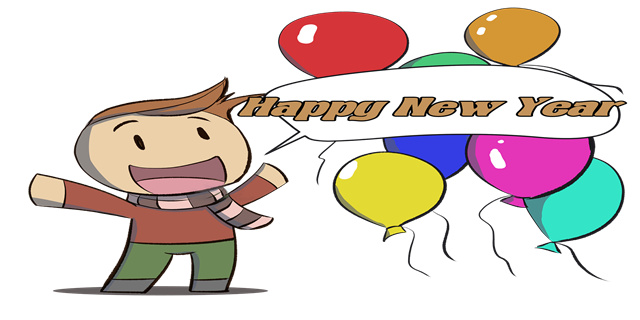Translating Store Names
The Importance of Translating Store Names
When expanding into new regions, companies must consider all aspects of their brand, including their store names. Store names are an essential part of a company's identity and can communicate its values and products. Therefore, translating store names is essential for companies looking to expand globally.
Translating store names can help companies connect with local consumers and communicate their brand effectively. For example, the American retailer, Target, translated its name to \"Tar-zhay\" in French, indicating that it is a high-end store. This simple and effective translation helped Target establish a strong brand identity in France.

Challenges in Translating Store Names
Translating store names is not always a straightforward process. Many names are created based on puns, double meanings, or cultural references that may not translate well into other languages. Some retailers choose to keep their original names, hoping that they will catch on in other markets. However, this approach can be risky and may lead to confusion or misunderstandings.
Other challenges in translating store names include ensuring that the name is not offensive or inappropriate in the target language. For example, the American retailer, Best Buy, had to change its name in China because the translation sounded like \"Best Evil\" in Mandarin. Research and careful consideration are key to avoiding these types of mistakes and ensuring that the translated name is acceptable to the target audience.

Successful Examples of Translated Store Names
When done well, translating store names can be a powerful tool for building brand recognition and establishing a strong presence in new markets. Some successful examples of translated store names include:
- Starbucks: In China, Starbucks is known as \"Xing Ba Ke,\" which translates to \"Star's Bucks.\" This name effectively communicates the brand's identity and products while incorporating local language and culture.
- Zara: The Spanish retailer, Zara, uses the same name in all markets, but its logo is modified to reflect local cultures. For example, in the Middle East, the logo features Arabic script, while in Japan, it features Japanese characters.
- McDonald's: The fast-food giant, McDonald's, adjusts its name in some countries to better appeal to local tastes. For example, in India, it is known as \"Mac Maharaja\" and offers menu items such as the \"McAloo Tikki\" burger, featuring a vegetarian patty.
These examples show that translating store names can be done successfully by carefully considering local culture and language and finding ways to incorporate them into the brand identity. It is essential for companies to be flexible and open to adapting their names to new markets while remaining true to their core values and products.














